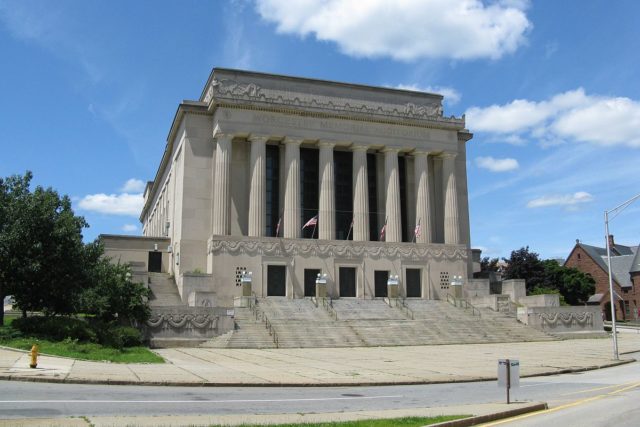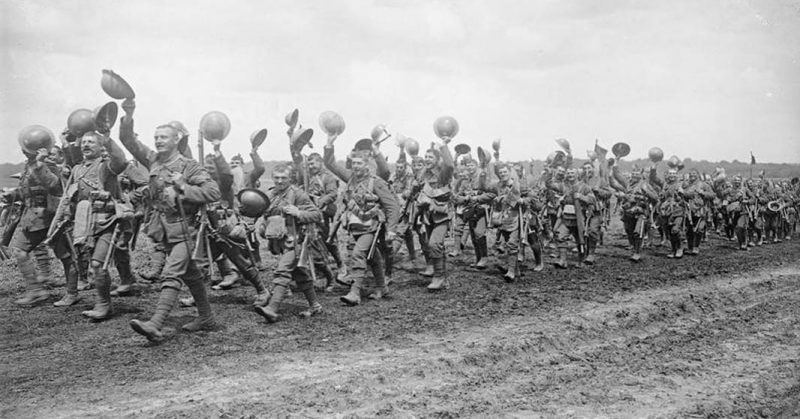Calling all history buffs in Worcester, Mass. Your services are required by Linda N. Hixon, a history instructor at Worcester State University.
She needs volunteers to investigate stories of men and women from the city who lost their lives in WWI.
She would love to have 20 or 30 people use their sleuthing abilities to research the names of more than 350 servicemen and women whose names are recorded on a commemorative wall at the Worcester Auditorium, ones who died in the final year of the war or in the influenza epidemic that followed.
Dedicated in 1933, the wall is a memorial to the city’s daughters and sons who helped America in wartime.

The World War I Biography Project is the most recent for Hixon and her Worcester State history pupils. Last year they investigated the 398 names on the Soldiers and Sailors Memorial, the Civil War memorial on Worcester Common that was rededicated in July after restoration.
About a dozen Worcester State undergraduates are enrolled in the biography project class that starts next week. The aim is to publicize the stories in a book due for completion by late summer or early fall to coincide with Armistice Day on November 11.
The hope now is to record the 355 names at the Worcester Auditorium. But, there seems to be a discrepancy, Hixon explained. The dedication book lists 355, but she has counted only 353. Maybe the assignment will reveal the missing two.
Names on the wall include Army Sgt. Cornelius Kelley, spelled incorrectly due to a missing “E,” the namesake of Kelley Square, who earned the Silver Star and French Croix de Guerre for heroism who was killed after an attack by mustard gas in October 1918 at Verdun.
Another is that of Cpl. Homer J. Wheaton, the first soldier from Worcester to die in the war and formerly a sports editor at Worcester Evening Gazette. At Chemin-Des-Dames, France, in February 1918 he covered a grenade with his body, saving the lives of nine soldiers. The square at Salisbury and Grove streets is named in his honor, as is Homer Wheaton Street, formerly Berlin Street that was renamed after the war.
Hixon said there are two women’s names on the wall: Aurelia Wyman and Olive Norcross from two of the city’s most distinguished families, who were nurses who died due to the influenza epidemic.
She has noted the wall has more Johnsons, 11, than Smiths at seven or Millers at three.
They’re speculating if that is due to a large Swedish population, and they Anglicized their names from possibly Johansson or Jorgensen.
These are the types of questions she hopes will be answered.
It would be wonderful to have public involvement in the project, she said. It would be of immense help if people checked on every soldier.
America lost 116,000 servicemen in the final years of the war. Worcester lost nearly as many as in the four-year Civil War. But here, recollections of the Great War have dimmed.
About a dozen Worcester State undergraduates are enrolled in the biography project class that starts next week. The aim is to publicize the stories in a book due for completion by late summer or early fall to coincide with Armistice Day on November 11, telegram.com reported.
Hixon thinks the First World War has been forgotten by Americans. In Europe, they’ve been celebrating the centenary of this war since 2014. “To Europeans, it’s a big deal. Here, it’s an 18-month conflict, America was in, out, and then done.”
